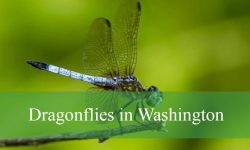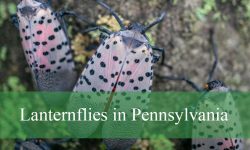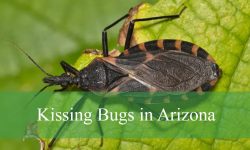Virginia is home to a variety of biting ants, ranging from tiny household invaders to large, aggressive mound builders. Each species has its own unique appearance, behavior, and preferred habitat, making identification an important step in dealing with them.
While most of these ants are more of a nuisance than a danger, their bites can still be painful and irritating. Some species deliver sharp pinches with their mandibles, while others enhance the effect by spraying formic acid. Understanding which ants are present in your area can help you avoid unpleasant encounters.
In this guide, we’ll cover ten types of biting ants in Virginia, complete with identification tips, physical descriptions, and notes on where they are most commonly found. From carpenter ants to pavement ants, you’ll learn how to recognize them and what makes each species unique.
Types of Biting Ants Found in Virginia
Carpenter Ant (Camponotus spp.)
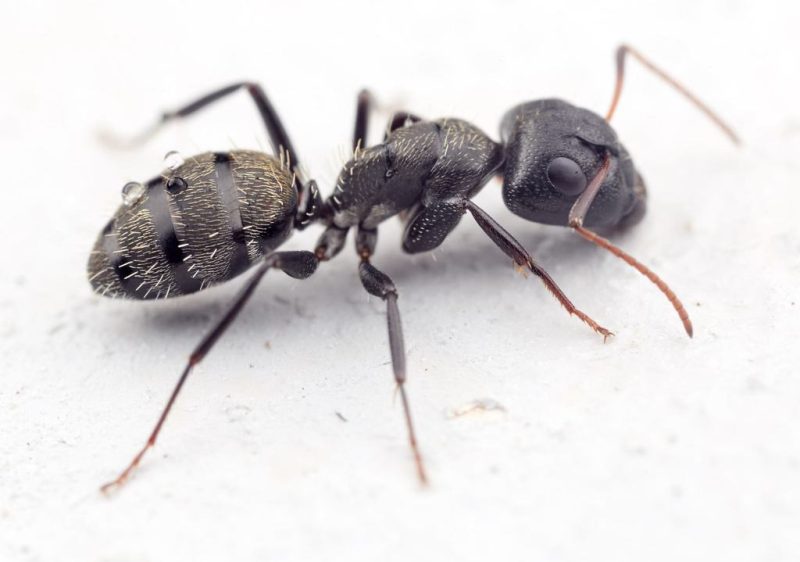
Carpenter ants are among the largest biting ants in Virginia, with workers ranging from 6 to 13 millimeters long. They are usually black, though some may have reddish or brown tones depending on the species. Their bodies are smooth and shiny with a rounded thorax and elbowed antennae, making them relatively easy to identify compared to other ants. Carpenter ants do not sting, but they deliver strong bites with their large mandibles, often accompanied by formic acid to increase irritation.
These ants are notorious for nesting in damp or decaying wood, which is why they are often found in old tree stumps, fallen logs, or even structural wood in homes. While they do not eat wood like termites, they excavate galleries to build their colonies, which can cause significant damage if infestations are left unchecked. Their presence indoors is usually a sign of moisture problems or rotting wood.
Carpenter ants are primarily nocturnal and forage for sweet substances such as honeydew from aphids, plant juices, or food crumbs in kitchens. They also hunt for protein sources like dead insects. Colonies can number in the thousands, with multiple satellite nests spreading out from the main colony. Workers follow scent trails and can travel long distances to gather food.
Their bite is painful but not venomous, leaving behind a sharp pinch and sometimes a lingering burn from formic acid. In Virginia, carpenter ants are widespread and can be found in both forests and urban settings. They are especially common in older neighborhoods with mature trees and wooden structures.
Allegheny Mound Ant (Formica exsectoides)
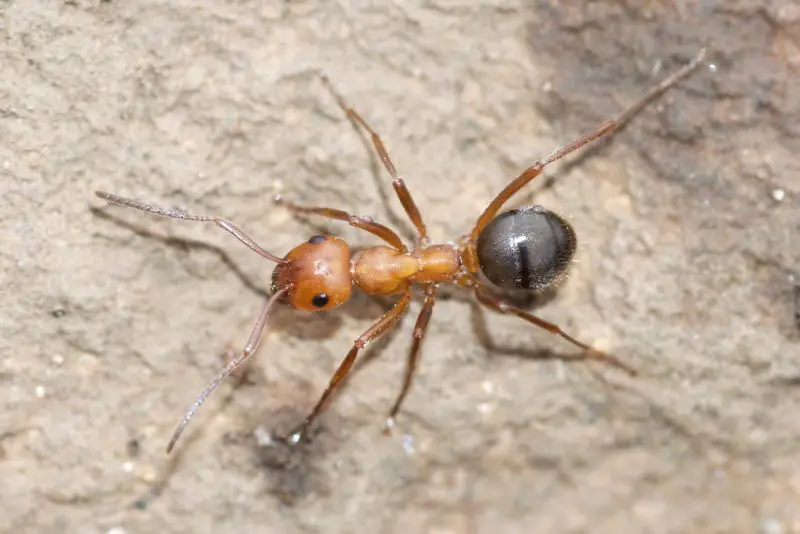
The Allegheny mound ant is a striking species known for its reddish head and thorax paired with a dark brown or black abdomen. Workers measure between 4 and 8 millimeters long, and they are aggressive defenders of their territory. They construct massive mounds of soil, sometimes over 3 feet tall and 6 feet wide, which makes their colonies easy to spot in fields and forest edges of Virginia.
These ants have a powerful bite that can be painful, though not as severe as a sting. They are known to spray formic acid when threatened, which adds a burning sensation to their bite and helps deter predators. Because of this defensive strategy, approaching their nests can be risky, as hundreds of workers will rush out to defend the mound.
Allegheny mound ants are ecological engineers. Their colonies clear away surrounding vegetation by injecting formic acid into plant stems, often killing small shrubs and trees around their mound. This behavior creates open patches that alter the local habitat. They feed on honeydew from aphids and other insects, while also preying on small arthropods for protein.
In Virginia, these ants are usually found in sunny open areas such as meadows, pastures, and woodland clearings. Their impressive mounds stand out in grassy landscapes, and their colonies can persist for many years. The intensity of their bite combined with their aggressive swarming makes them one of the more feared biting ants in the region.
Field Ant (Formica spp.)
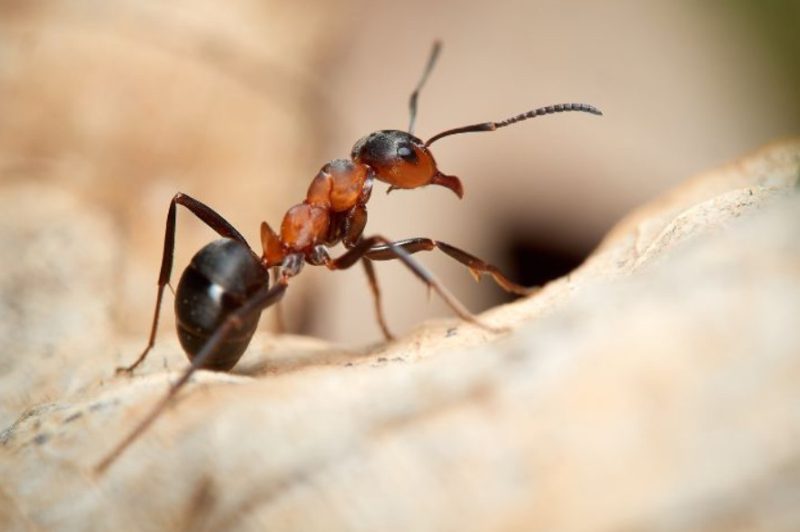
Field ants are one of the most common biting ants in Virginia, and they are often mistaken for carpenter ants due to their size and coloration. Workers range from 4 to 9 millimeters in length and vary in color from black to red, or even a mix of the two. Unlike carpenter ants, field ants have a distinct notch or groove along their thorax, which helps with identification.
These ants are known for their painful bites, which are amplified by formic acid sprayed into the wound. While they do not sting, their bite can cause a sharp burning sensation that lingers for several minutes. They are especially aggressive when their nests are disturbed, quickly swarming out in large numbers to defend the colony.
Field ants typically nest outdoors in soil, often creating large dome-shaped mounds in grassy fields, lawns, or along forest edges. Some species build nests under rocks or logs. Colonies can be extensive, and the mounds may reach a foot or more in diameter. These ants rarely invade homes, but they are very noticeable in yards and parks.
Their diet consists of sweet substances like honeydew and fruit juices, as well as proteins from insects they capture. In Virginia, field ants are widely distributed across rural and suburban areas. They play an important ecological role by controlling pest insect populations but are also a nuisance due to their painful bites and large colonies.
Acrobat Ant (Crematogaster spp.)
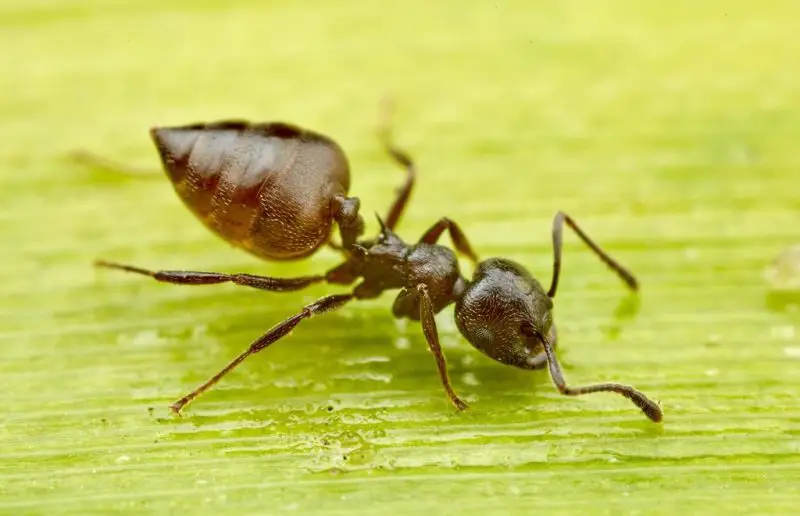
Acrobat ants are small to medium-sized ants, typically 2.5 to 3 millimeters long, with slender bodies and a unique heart-shaped gaster (the rear segment of the abdomen). Their coloration varies from light brown to dark black, sometimes with a reddish hue on the thorax. The most distinctive behavior of acrobat ants is their tendency to raise their gaster over their thorax and head when disturbed, giving them the name “acrobat.”
These ants bite readily and can release a foul-smelling odor when threatened. While their bites are not as painful as those of larger ants like carpenter or field ants, they can still be irritating, especially in large numbers. Acrobat ants are also known to enter homes in search of food, where they may become a nuisance around kitchens and bathrooms.
They usually nest in decaying wood, logs, stumps, and even inside the structural wood of buildings. Sometimes, they take over old carpenter ant or termite galleries. Outdoors, they are often found under stones, in mulch piles, or beneath leaf litter. Colonies tend to be smaller than those of other biting ants, but they can still cause concern when established inside homes.
Acrobat ants feed on sweets such as honeydew from aphids, along with proteins like dead insects. In Virginia, they are common in both forested and suburban areas, especially where moisture-damaged wood is present. Their defensive posture and strong biting behavior make them easy to identify if disturbed.
Pavement Ant (Tetramorium immigrans)
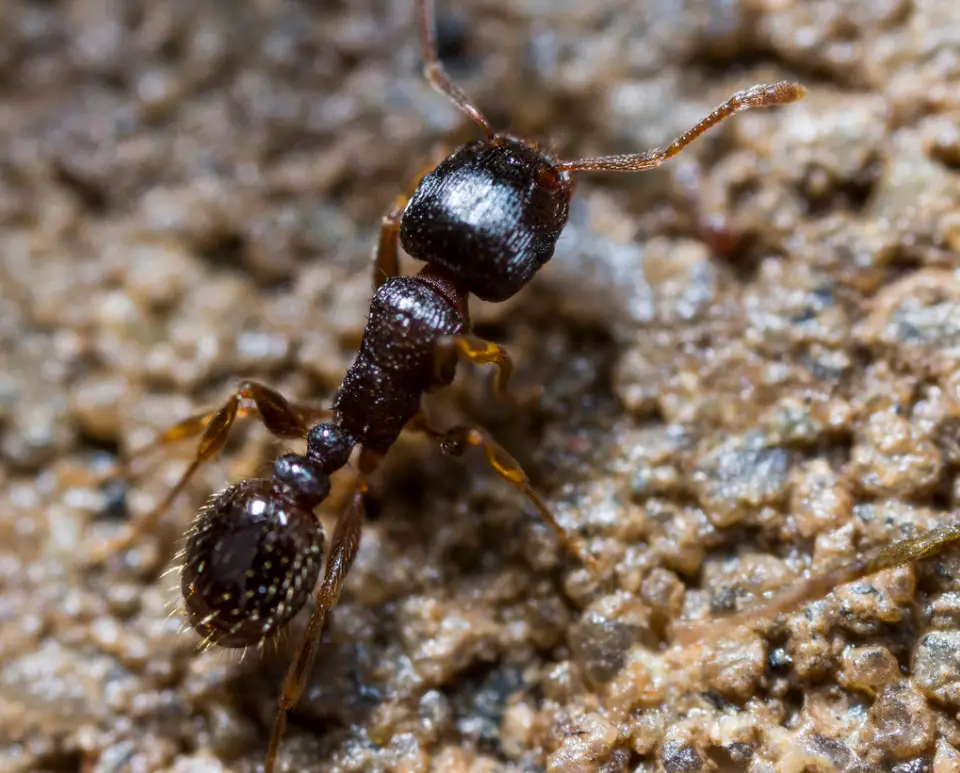
Pavement ants are small ants, usually about 2.5 to 4 millimeters long, with dark brown to black bodies and lighter legs. They are recognized by the fine parallel lines running along their head and thorax, along with two distinct spines on their back near the waist. As their name suggests, they commonly nest under sidewalks, driveways, and building foundations, pushing small mounds of soil through cracks.
Although small, pavement ants can bite and occasionally sting, though their bites are generally mild compared to larger species. Their most aggressive behavior is seen during colony wars, where thousands of workers from rival colonies engage in massive street battles. These conflicts are often visible in spring and summer on sidewalks or driveways in Virginia neighborhoods.
Pavement ants are omnivorous and scavenge a wide range of foods, including sweets, grease, and proteins. They are frequent indoor invaders, especially in kitchens, where they are attracted to sugary spills and crumbs. Their colonies are moderately sized, and workers use pheromone trails to organize foraging lines.
In Virginia, pavement ants are common in both cities and suburbs, thriving in human-altered landscapes. While their bite is not particularly strong, their persistent presence around homes and their occasional swarming behavior make them one of the most noticeable nuisance ants in the state.
Little Black Ant (Monomorium minimum)
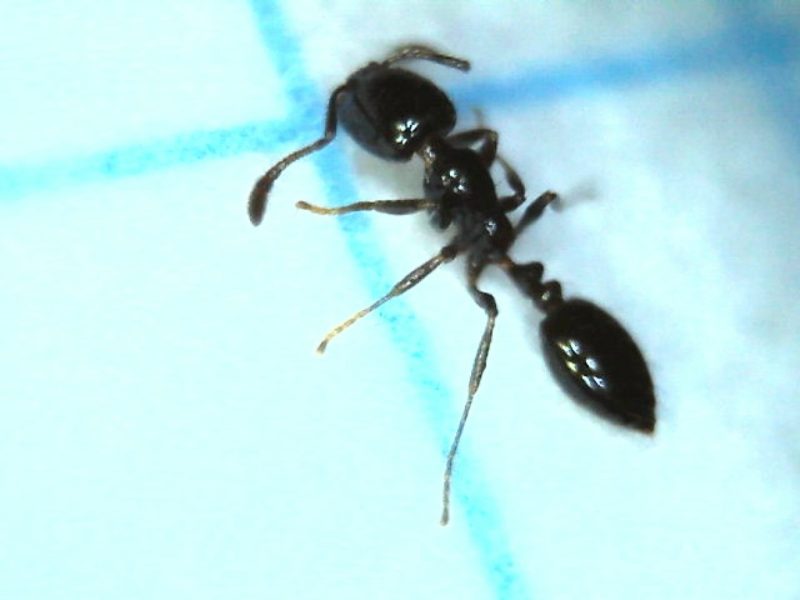
The little black ant is one of the tiniest ants in Virginia, with workers measuring only about 1.5 to 2 millimeters long. As the name suggests, they are shiny black in color, and their small size often makes them hard to notice until large numbers are seen foraging. Colonies are relatively large compared to their size, sometimes containing several thousand workers. Despite their size, they are resilient and can thrive in many environments.
Little black ants can bite, but their bite is so weak that most people barely feel it. Instead, their nuisance comes from sheer numbers, as they readily invade homes and establish trails across kitchen counters or patios. They do not sting, but the irritation from infestations can be frustrating for homeowners.
These ants nest in soil, under rocks, in rotting wood, and frequently indoors within wall voids, basements, or beneath carpets. Their small size allows them to squeeze through tiny cracks in search of food. Colonies are often polygynous, meaning multiple queens exist in one colony, which helps them expand quickly.
In Virginia, little black ants are widespread in both rural and urban areas. They feed on a variety of foods, from sweets like honeydew and sugar to proteins such as grease and dead insects. Though their bite is mild, their persistence and adaptability make them one of the most common household ants in the state.
Thief Ant (Solenopsis molesta)
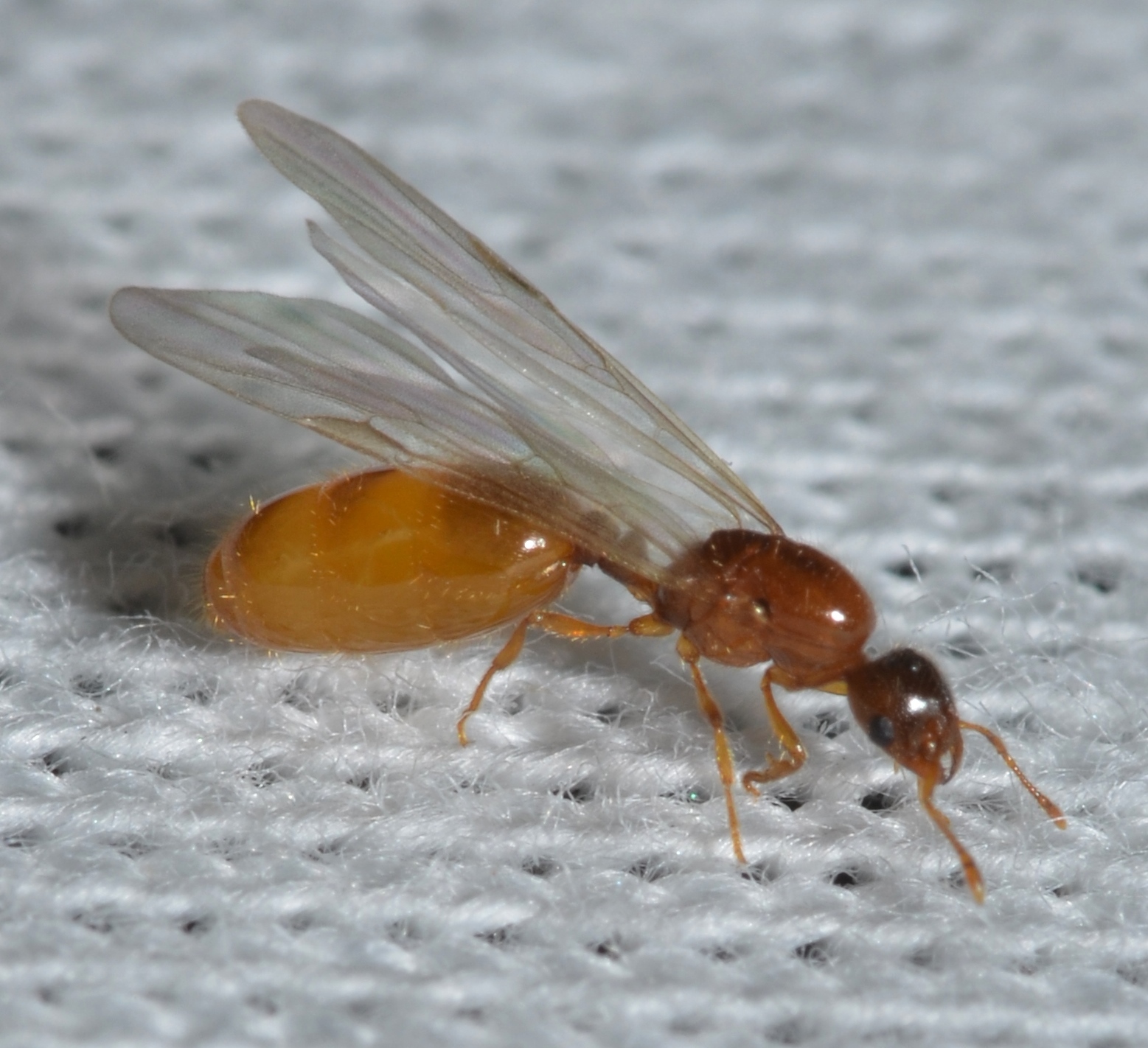
Thief ants, also called grease ants, are another very small species in Virginia, with workers only about 1.5 to 2.2 millimeters long. They are pale yellow to light brown in color and are easily mistaken for pharaoh ants. Their tiny size allows them to move unnoticed into kitchens and pantries, where they become persistent household pests.
These ants are known for their weak but noticeable bites, which can cause mild irritation when many are present. However, they are more infamous for their feeding habits. They prefer greasy and high-protein foods, including meat, cheese, and dead insects, which earns them the nickname “grease ant.”
Thief ants get their name from their tendency to build nests near other ant colonies and tunnel into them to steal food and larvae. Their colonies are small but very difficult to control because they can nest in hidden cracks, wall voids, or even behind baseboards. Outdoors, they may be found in soil, under logs, or near foundations.
In Virginia, thief ants are common household invaders, especially during warm months. Their bites are not painful, but their role in contaminating food makes them a concern. Once inside, they are difficult to eliminate due to their hidden nesting habits and their ability to form multiple interconnected colonies.
Velvety Tree Ant (Liometopum occidentale – rare)
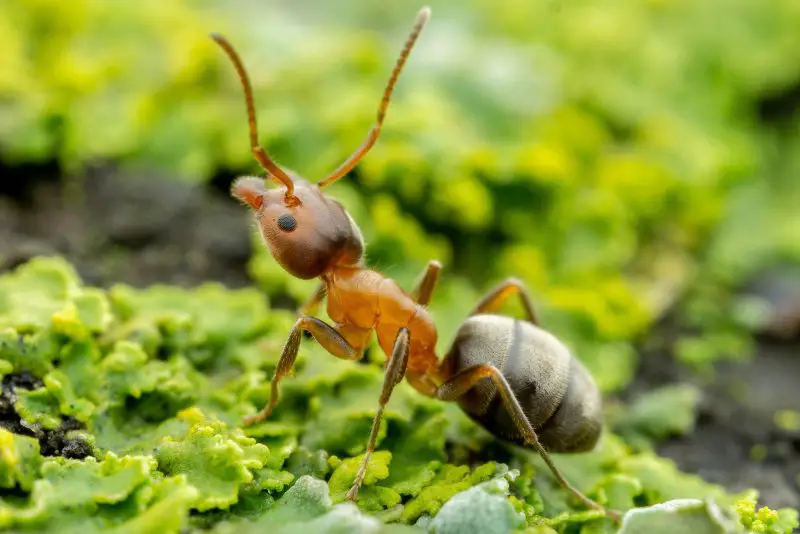
The velvety tree ant is rarely reported in Virginia but is worth mentioning due to occasional introductions. Workers range from 4 to 7 millimeters long and are easily recognized by their velvety black abdomen contrasted with a reddish-orange thorax and black head. Their bicolored bodies make them one of the more striking ant species.
These ants are aggressive and deliver painful bites. In addition, they release a pungent odor when disturbed, which makes their presence unpleasant. Their bite, combined with the odor, can make encounters with them memorable even though they are not widespread in Virginia.
Velvety tree ants typically nest in decayed wood, hollow tree trunks, and beneath bark. They are skilled climbers and are often seen foraging along tree branches in search of food. They feed on honeydew from aphids and small insects, making them ecologically important but also a nuisance near homes and gardens.
In Virginia, sightings are limited and usually associated with imported wood or nursery stock. While not a dominant ant in the region, their strong bite and bold behavior place them among the more formidable biting ants if encountered.
Citronella Ant (Lasius interjectus and Lasius claviger)
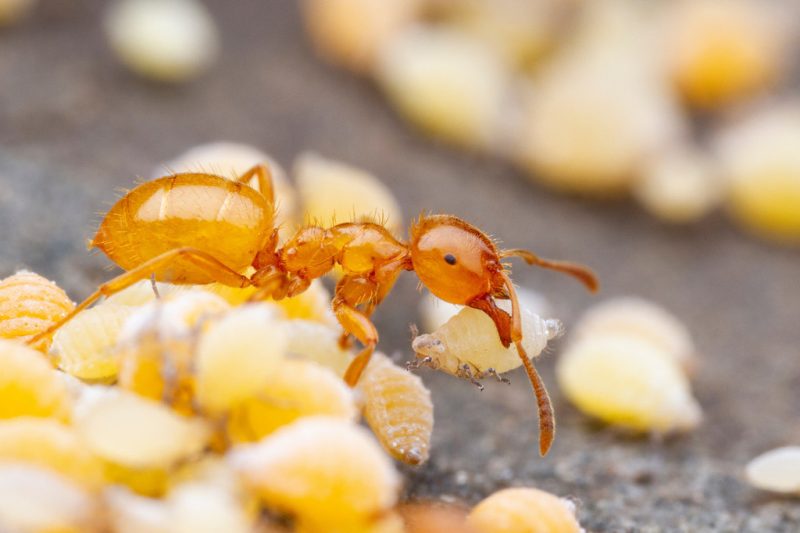
Citronella ants are medium-sized ants, usually 4 to 7 millimeters long, with a golden-yellow to light brown body. Their most distinctive feature is the lemon-like odor they release when crushed, which gives them their common name. Workers are rarely seen foraging indoors, but they may cause alarm when winged reproductive ants swarm into homes in late summer.
Although they can bite, citronella ants are not aggressive and their bites are very mild compared to other species. Their primary nuisance factor comes from large indoor swarms of winged males and females, which homeowners often mistake for termites. This swarming behavior happens when colonies reproduce and expand.
These ants nest underground, often under logs, stones, or pavement slabs. They live in symbiosis with subterranean aphids, feeding on the honeydew produced by these insects. Colonies can grow quite large, but workers usually stay out of sight.
In Virginia, citronella ants are common in suburban yards, gardens, and forested areas. While their bite is minimal, their distinctive odor and frequent indoor swarms make them one of the more noticeable ants in late summer.
Crazy Ant (Paratrechina longicornis)
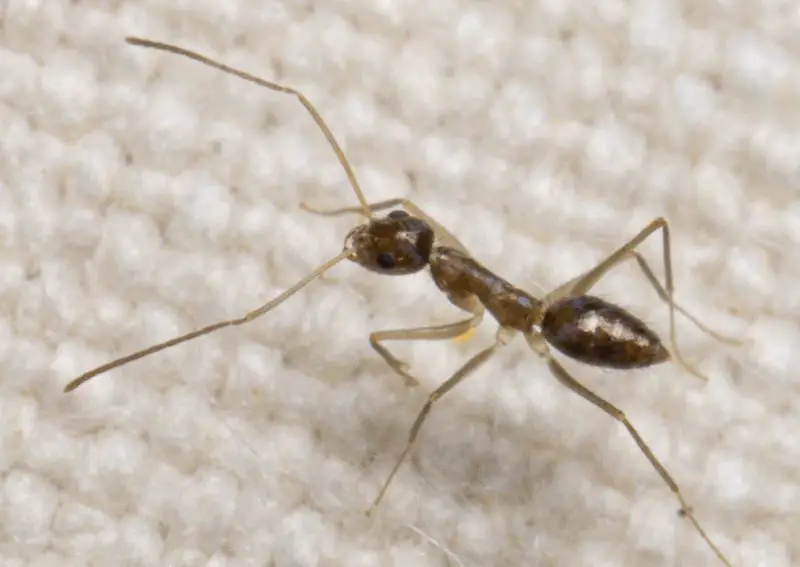
Crazy ants are small ants, about 2.5 to 3 millimeters long, with long legs and antennae that give them a spindly appearance. They are dark brown to black in color with a slightly bluish sheen. Their name comes from their erratic and fast movements when foraging, which makes them look like they are running in a “crazy” pattern.
Crazy ants can bite, though their bite is weak and causes little more than mild irritation. What makes them a concern is their tendency to invade homes in massive numbers. They can infest electrical equipment, air conditioning units, and even wiring systems, sometimes causing short circuits or equipment failure.
These ants nest in a wide variety of locations, from soil and leaf litter to wall voids and crawlspaces. They are opportunistic foragers, feeding on sweets, proteins, and insects. Colonies are massive and often contain multiple queens, which makes them very difficult to control once established.
In Virginia, crazy ants are not as widespread as in southern states but are reported in some localized infestations. Their rapid movements, persistence, and biting behavior make them one of the more troublesome invasive ants when they appear.
FAQs about Biting Ants in Virginia
What types of biting ants are most common in Virginia?
The most common biting ants in Virginia include carpenter ants, field ants, Allegheny mound ants, pavement ants, and acrobat ants. Each species varies in size, behavior, and level of bite intensity. Some, like carpenter ants, deliver strong bites with formic acid, while others, such as pavement ants, bite less forcefully but are more commonly encountered around homes.
Do biting ants in Virginia sting as well as bite?
Most biting ants in Virginia rely on their mandibles and formic acid rather than stingers. Unlike fire ants, which sting, Virginia’s native biting ants typically cause irritation through strong pinches or acid sprays. The exception is thief ants and pavement ants, which can sting occasionally, though the effect is mild compared to their bite.
Where can biting ants be found in Virginia?
Biting ants in Virginia inhabit a wide range of environments, from forests and fields to suburban lawns and urban sidewalks. Carpenter ants prefer damp or decayed wood, Allegheny mound ants build large mounds in open areas, and pavement ants thrive in cracks in sidewalks or driveways. Indoors, species such as acrobat ants and little black ants are often found in kitchens, basements, and wall voids.
How painful are ant bites in Virginia?
The pain level varies by species. Carpenter ants and Allegheny mound ants deliver the strongest bites, sometimes leaving a burning sensation due to formic acid. Field ants also bite aggressively when disturbed. On the other hand, smaller species like little black ants and thief ants cause little more than mild irritation. Most bites are not medically serious unless an allergic reaction occurs.
Are biting ants in Virginia dangerous to humans or pets?
For most people and pets, biting ants in Virginia are more of a nuisance than a danger. Their bites can cause temporary pain, itching, or redness, but they do not transmit diseases. Large colonies, however, can be problematic. For example, Allegheny mound ants can clear vegetation around their nests, while carpenter ants can damage wooden structures if infestations go unchecked.
How can I prevent biting ants around my home?
To reduce ant infestations, it helps to eliminate food sources, seal entry points, and reduce moisture problems in and around the home. Keeping firewood, mulch, and rotting wood away from foundations can deter carpenter and acrobat ants. For pavement ants and little black ants, sealing cracks in driveways and sidewalks is important. If colonies are large, professional pest control may be required.


